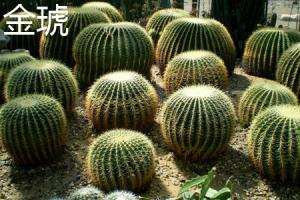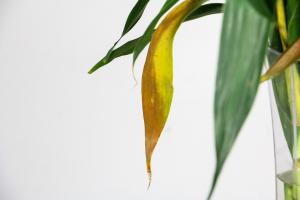Introduction
Palm trees are a fascinating plant species that are often associated with warm, tropical environments. However, not all plant communities that contain palm trees are the same. In this article, we will explore the different plant communities that palm trees can be found in.
Tropical Rainforests
Tropical rainforests are some of the most diverse and biologically rich environments in the world. They are characterized by high rainfall, warm temperatures, and abundant sunlight. Palm trees are a common sight in tropical rainforests, where they play an important role in the ecology of these environments. They provide habitat and food for a variety of animals, as well as serving as a source of income for local communities.
Desert Ecosystems
Contrary to popular belief, palm trees are not exclusive to tropical environments. Some species of palm trees can be found growing in desert ecosystems. These palm trees have adapted to the harsh and dry conditions of deserts by developing deep root systems to access scarce water resources. They also have a unique ability to store water in their trunks and leaves, which helps them survive during periods of drought.
Mangrove Swamps
Mangrove swamps are unique ecosystems that are found in coastal areas of tropical and subtropical regions. They are characterized by brackish water conditions, where saltwater and freshwater mix. Palm trees are a common sight in mangrove swamps, where they are adapted to growing in nutrient-poor soils and withstand high levels of saltwater intrusion. They provide habitat for a variety of marine life, and their roots help stabilize the soil and prevent erosion.
Savannas and Grasslands
Savannas and grasslands are vast open spaces that are characterized by a mix of trees and grasses. They are found in tropical and subtropical regions and are home to a variety of wildlife. Palm trees are a common feature in savannas and grasslands, where they provide shade and food for a variety of animals. They are also an important source of income for local communities who use the palm fronds for thatching roofs and weaving baskets.
Conclusion
Palm trees are a fascinating plant species that are found in a variety of plant communities around the world. From tropical rainforests to desert ecosystems, mangrove swamps to savannas and grasslands, palm trees have adapted to a wide range of environments. They play an important role in the ecology of these environments, providing habitat, food, and income for a variety of wildlife and local communities.

 how many times do yo...
how many times do yo... how many planted tre...
how many planted tre... how many pine trees ...
how many pine trees ... how many pecan trees...
how many pecan trees... how many plants comp...
how many plants comp... how many plants can ...
how many plants can ... how many plants and ...
how many plants and ... how many pepper plan...
how many pepper plan...

































